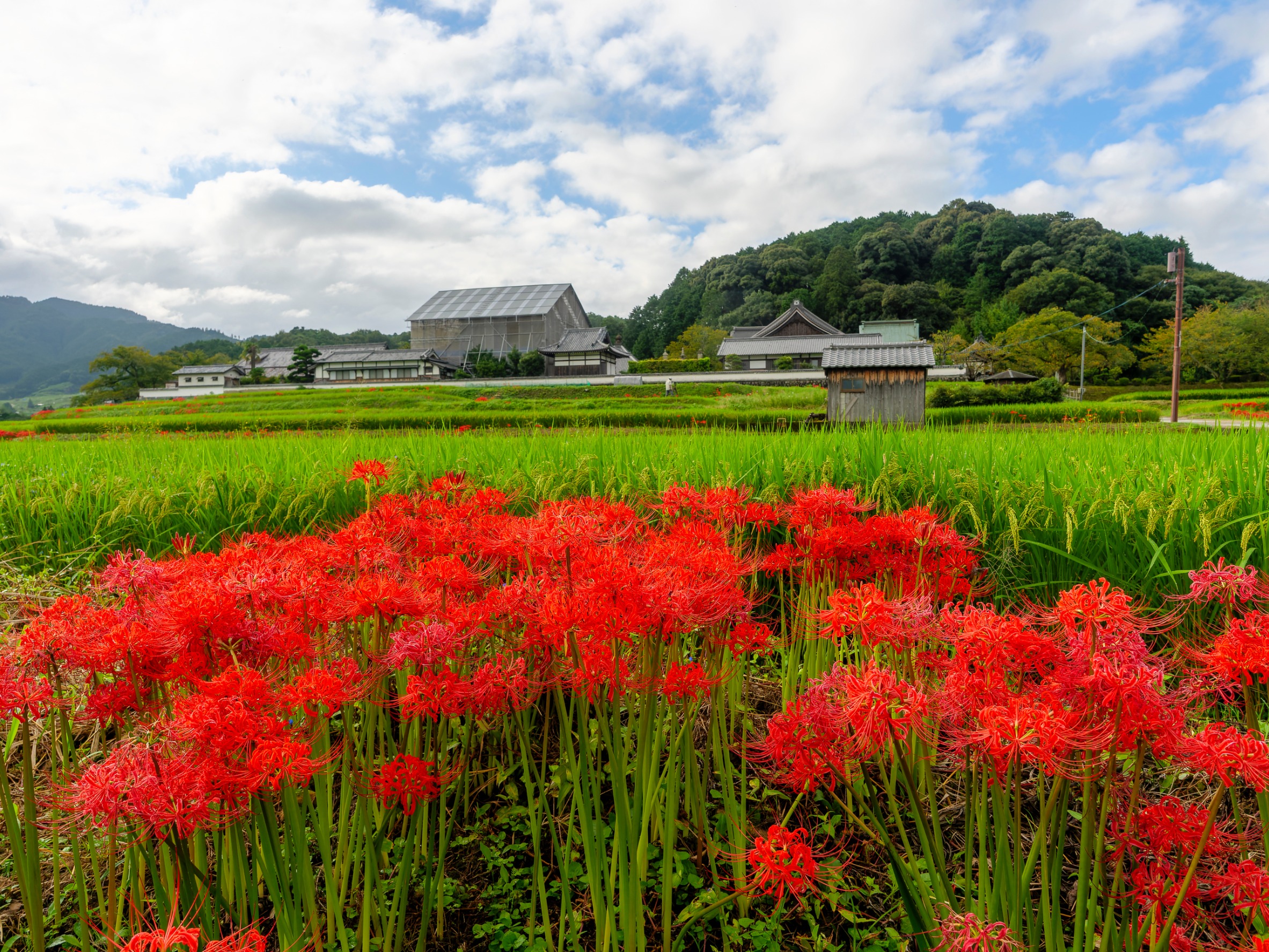Flower of death Japan

Flower of death in Japan
The flower known as the flower of death in Japan is Lycoris radiata.
Latin name: Lycoris radiata
Higanbana – Spider Lilly
Lycoris radiata is a poisonous plant with highly toxic underground scales (bulbs), but in the past it was eaten as a relief crop after the starch in the scales was removed.
In English, it has flower names such as “Red spider lily” and “Spider lily.
Since the original species bloomed in September, around the time of the Ohiganigan, it used to be planted in the vicinity of cemeteries and temples. It was also sometimes planted between rice paddies as a measure against vermin such as moles due to its vegetation.
A toxic plant
The Lycoris radiata, also called higanbana in Japan, is known as a toxic plant, especially its scales, which contain highly potent alkaloids. If ingested orally, it causes drooling, nausea, and diarrhea with abdominal pain, and in cases of severe poisoning, it can cause paralysis of the central nervous system, leading to suffering and even death.
Higanbana contains a poison called “licorin,” a type of alkaloid.
Ingestion of this licorin can cause vomiting, diarrhea, breathing difficulties, and at worst death. The amount of licolin contained in higanbana scales is said to be about 15 mg.
However, the lethal dose of licorin in a person is 10 grams, so one would have to eat about 667 higanbana to die.
Nick name of Higanbana related to death
The most famous name for higanbana is “manjushage. This word means “flower in heaven” in Buddhist terminology. It is considered an ominous image because it is interpreted as “heavenly = the other world.
Superstition
Because the shape of the flower looks like a burning flame, it is sometimes said that “bringing it home will cause a fire” or “picking higanbana will cause your house to catch fire. The reason for this is believed to be to discourage children from touching the higanbana because it is a poisonous plant.
Why do red spider lilies grow in cemeteries?
In the case of cemeteries, it is said to repel insects and to prevent animals such as moles from destroying the bodies after burial. Some believe that moles are carnivores and have no connection to hibiscus, but others say that moles do not come near this grass because the earthworms that feed on it do not like hibiscus and do not live in the soil.










